Career Success With Vedic Astrology: Best Nakshatra Remedies for Every Ascendant

Unlock your career potential with Vedic astrology! Discover Nakshatra remedies tailored to your ascendant and learn what items to keep in your office or workspace for professional success and growth.
Revati Nakshatra & Its Use in Vaastu Shastra

Revati Nakshatra & Its Use in Vaastu Shastra with Astrologer Ashish Somani 1. Overview of Revati Nakshatra with Best Vastu consultant Ruling Planet: Mercury (Budh) Zodiac Sign: Pisces (Meena) Deity: Pushan (The Nourisher & Protector of Travelers) Symbol: A Fish or a Drum Nature (Gana): Deva (Divine) Power (Shakti): Kshiradyapani Shakti (The Power of Nourishment […]
Jyestha Nakshatra & Its Use in Vaastu Shastra
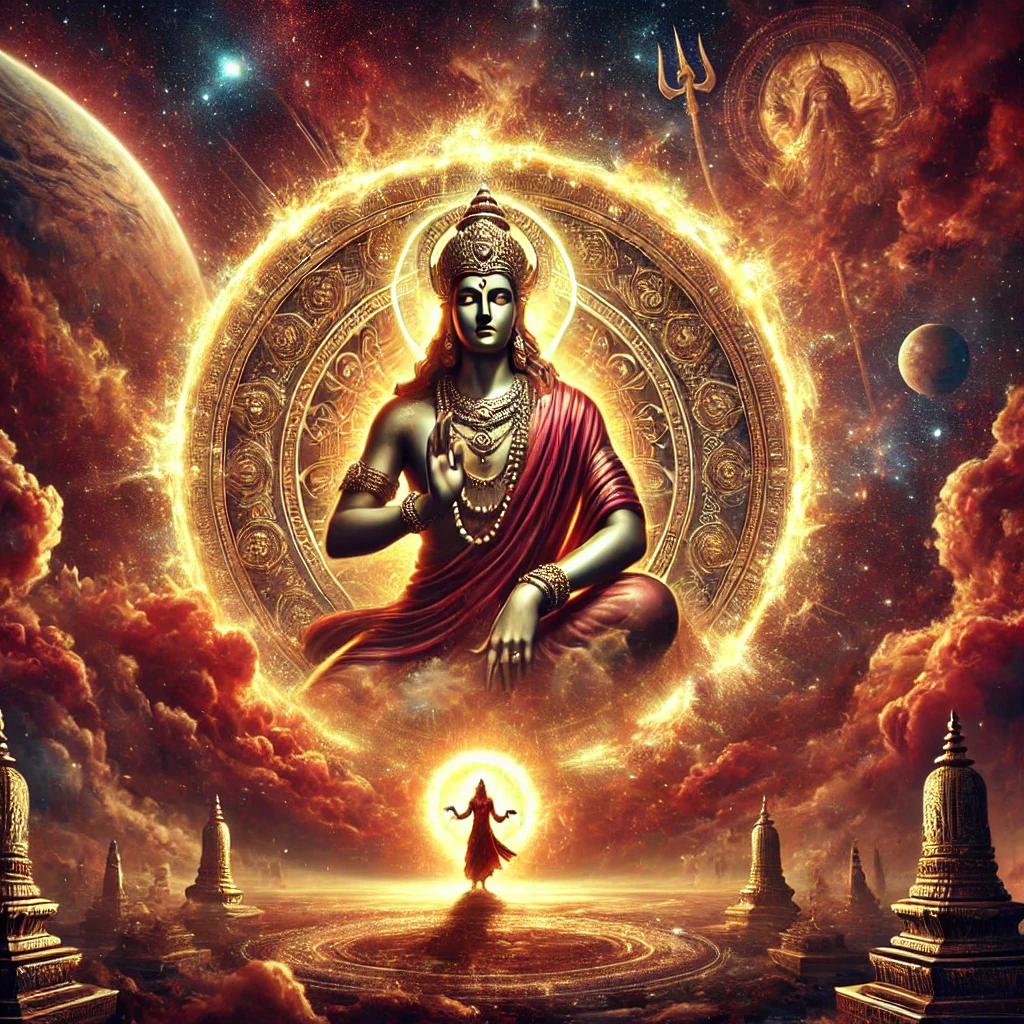
Jyestha Nakshatra & Its Use in Vaastu Shastra with Astrologer Ashish Somani 1. Overview of Jyestha Nakshatra with the best Vastu Consultant Ruling Planet: Mercury (Budh) Zodiac Sign: Scorpio (Vrischika) Deity: Indra (King of the Gods) Symbol: Circular Amulet (Talisman) or Earring Nature (Gana): Rakshasa (Demonic) Power (Shakti): Arohana Shakti (The Power to Conquer and Rise […]
Ashlesha Nakshatra& Its Use in Vaastu Shastra
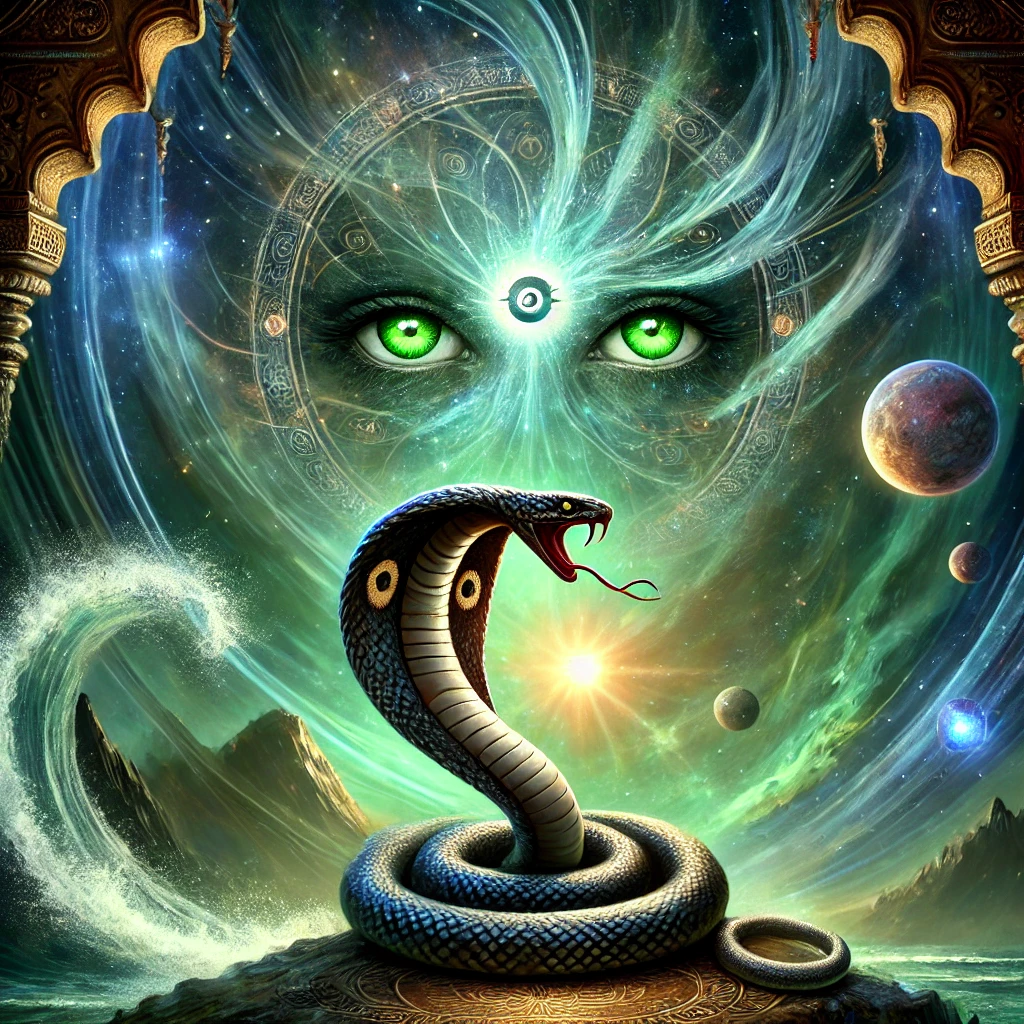
Ashlesha Nakshatra& Its Use in Vaastu Shastra with Astrologer Ashish Somani 1. Overview of Ashlesha Nakshatra with best Vastu Consultant Ruling Planet: Mercury (Budh) Zodiac Sign: Cancer (Karka) Deity: Nagas (Serpent Gods) Symbol: A Coiled Serpent Nature (Gana): Rakshasa (Demonic) Power (Shakti): Visashleshana Shakti (The Power to Inflict Poison and Overcome Enemies) Ashlesha Nakshatra is […]
Uttara Bhadrapada Nakshatra in Vaastu
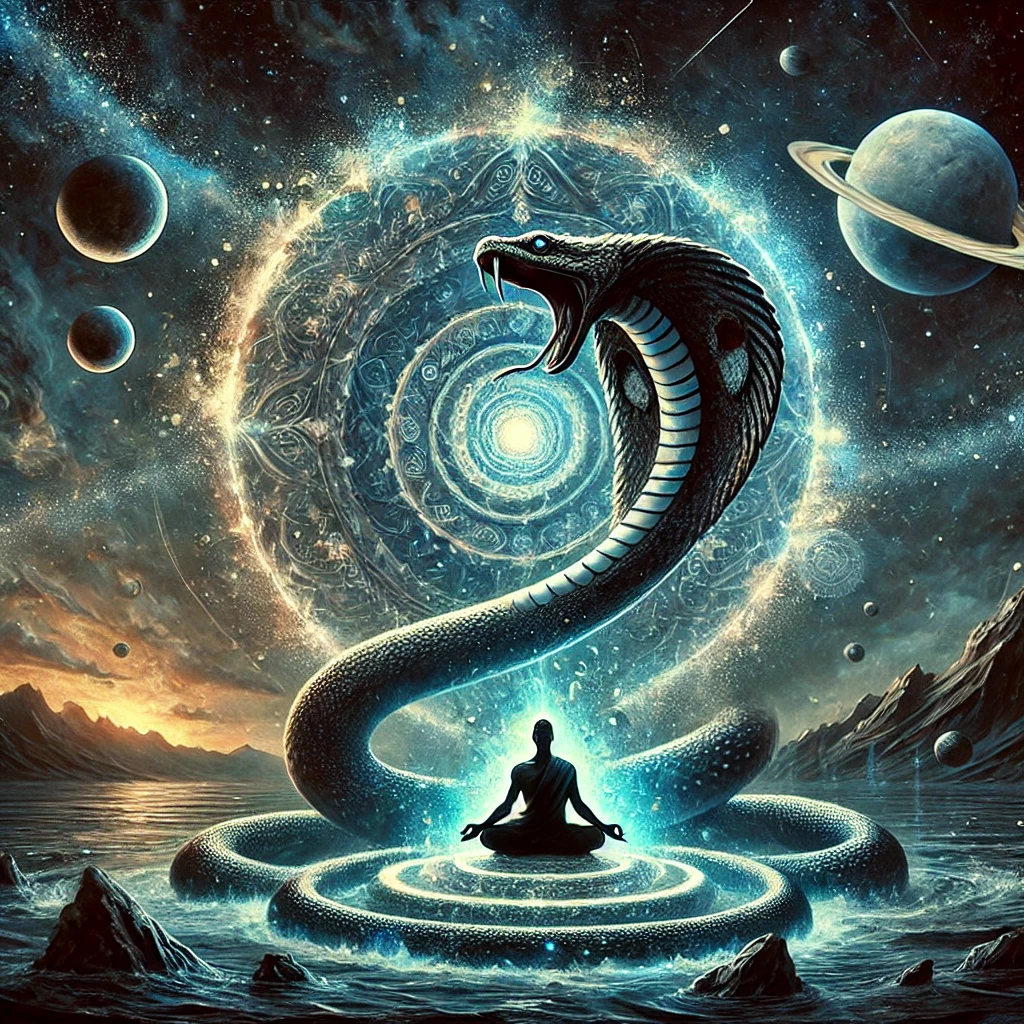
Uttara Bhadrapada Nakshatra in Vaastu with Astrologer Ashish Somani 1. Overview of Uttara Bhadrapada Nakshatra with Best Vastu consultant Ruling Planet: Saturn (Shani) Zodiac Sign: Pisces (Meena) Deity: Ahir Budhnya (Serpent of the Depths) Symbol: The Back Legs of a Funeral Cot or a Twin-Faced Man Nature (Gana): Manushya (Human) Power (Shakti): Varshodyamana Shakti (The […]
Pushya Nakshatra& Its Use in Vaastu Shastra
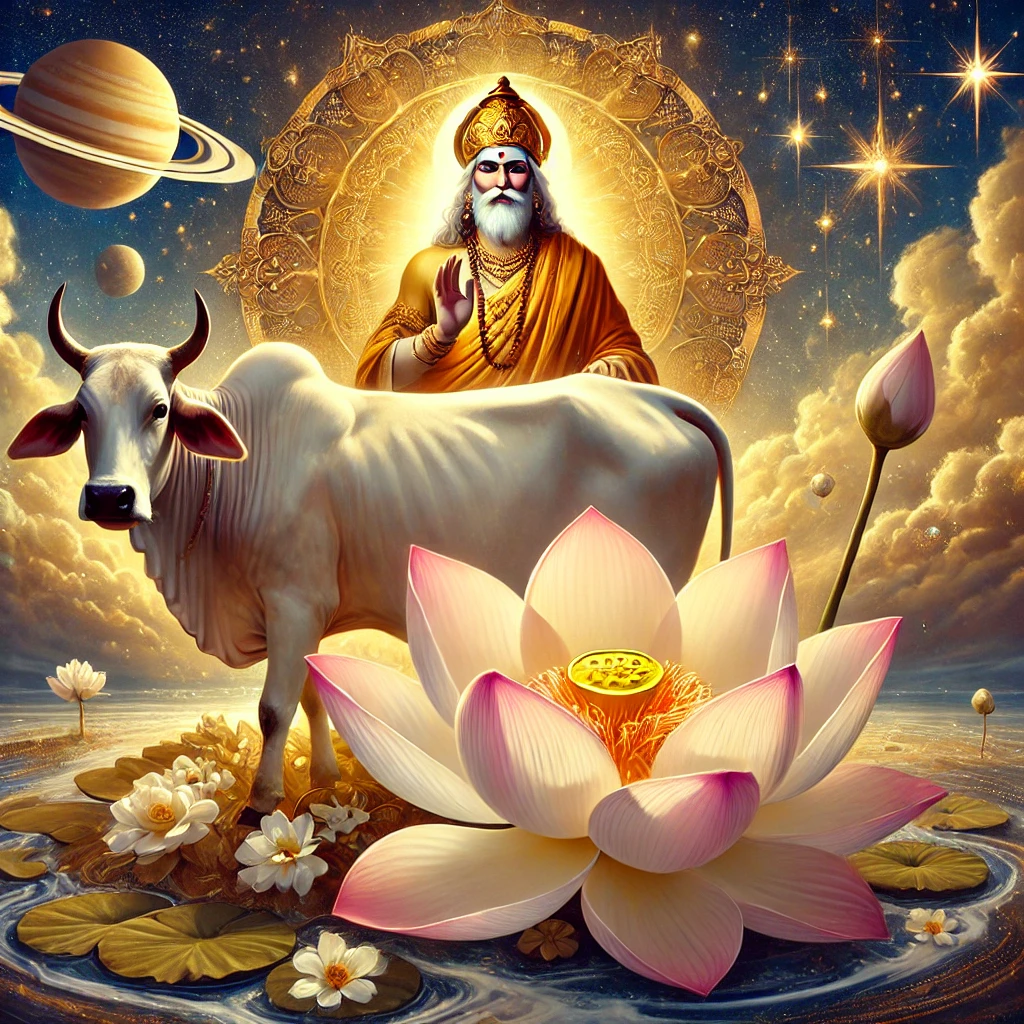
Pushya Nakshatra& Its Use in Vaastu Shastra with Astrologer Ashish Somani 1. Overview of Pushya Nakshatra with best Vastu consultant Ruling Planet: Saturn (Shani) Zodiac Sign: Cancer (Karka) Deity: Brihaspati (Jupiter, the Guru of the Gods) Symbol: A Cow’s Udder, Lotus, or a Circle Nature (Gana): Deva (Divine) Power (Shakti): Brahmavarchasa Shakti (The Power to […]
Purva Bhadrapada Nakshatra & Its Use in Vaastu Shastra
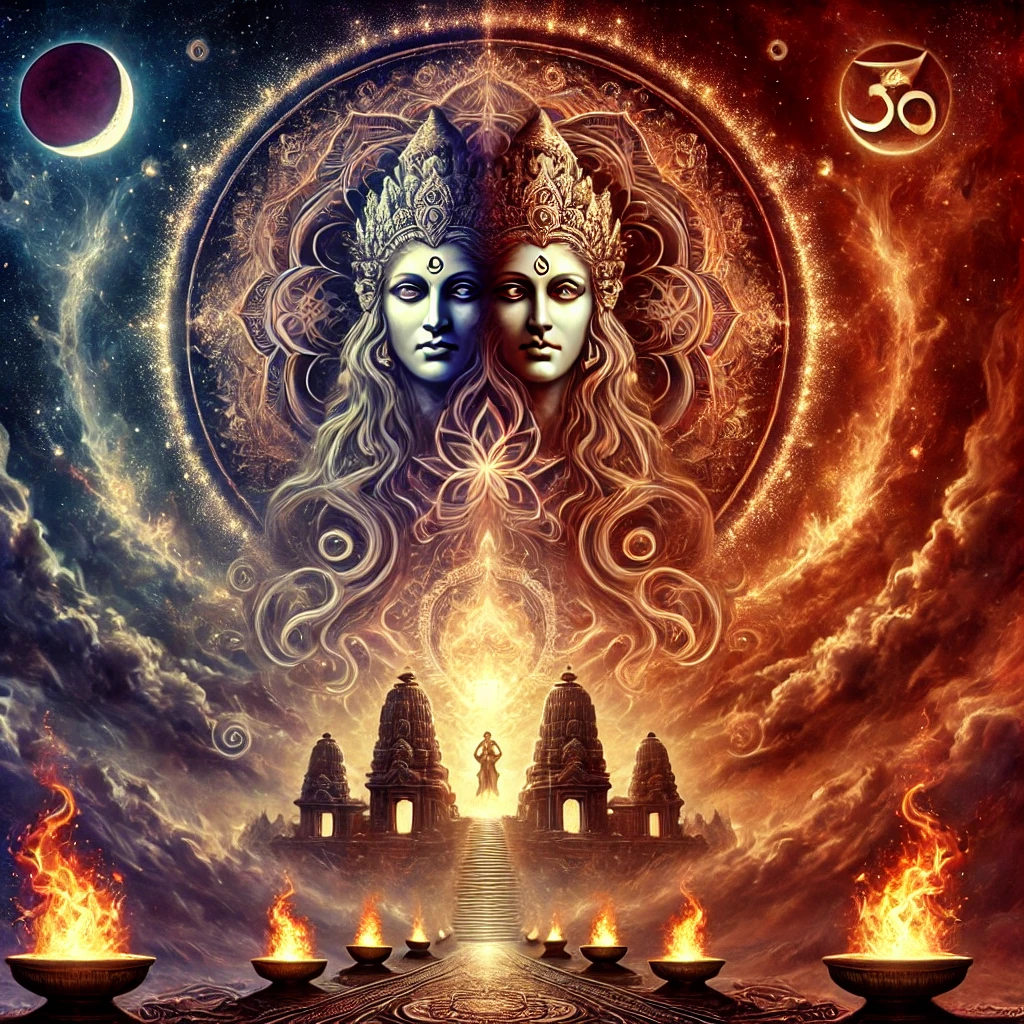
Purva Bhadrapada Nakshatra & Its Use in Vaastu Shastra with Astrologer Ashish Somani 1. Overview of Purva Bhadrapada Nakshatra with Best Vastu Consultant Ruling Planet: Jupiter (Guru) Zodiac Sign: Aquarius (Kumbha) & Pisces (Meena) Deity: Aja Ekapada (One-Footed Goat, Form of Rudra/Shiva) Symbol: A Two-Faced Man or the Front Legs of a Funeral Cot Nature […]
Vishakha Nakshatra & Its Use in Vaastu Shastra
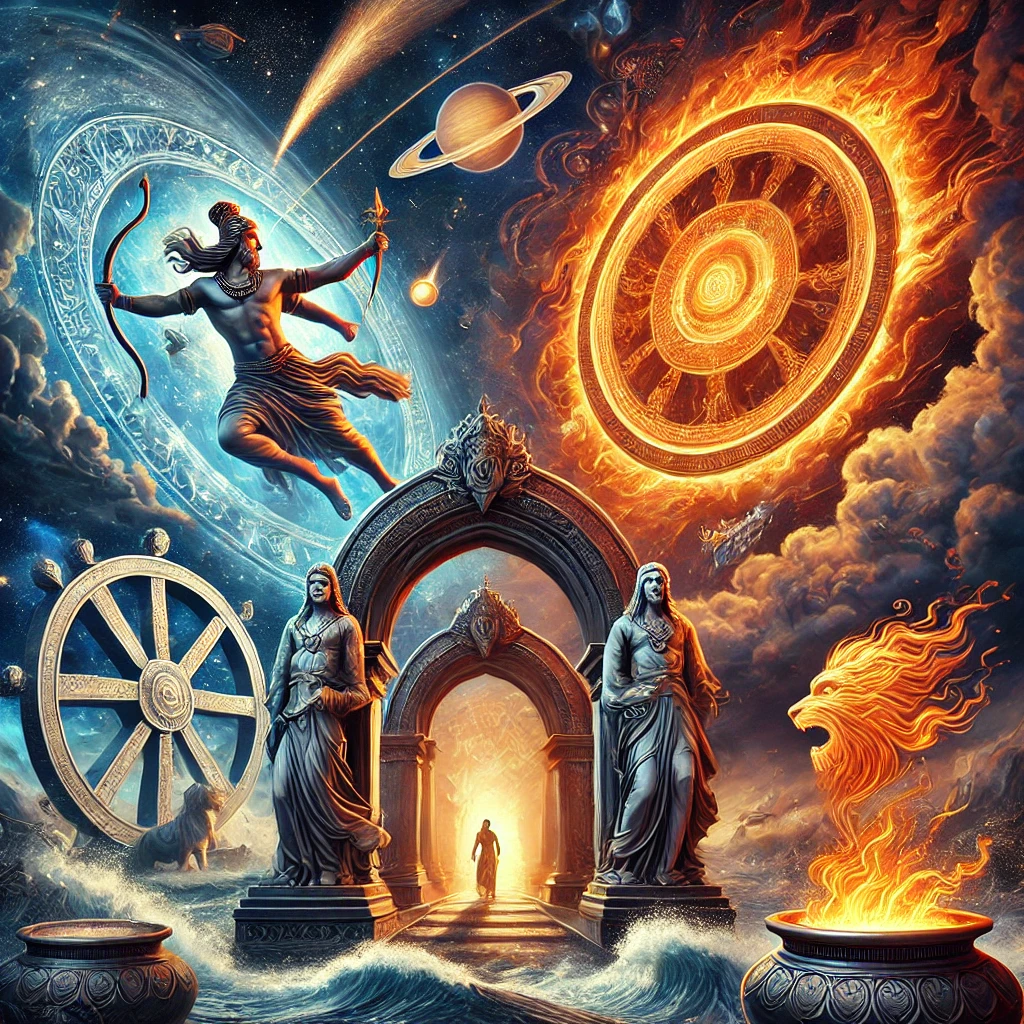
Vishakha Nakshatra & Its Use in Vaastu Shastra with Astrologer Ashish Somani 1. Overview of Vishakha Nakshatra with best Vastu consultant Ruling Planet: Jupiter (Guru) Zodiac Sign: Libra (Tula) & Scorpio (Vrischika) Deities: Indra (King of the Gods) & Agni (God of Fire) Symbol: A Triumphal Archway or a Potter’s Wheel Nature (Gana): Rakshasa (Demonic) […]
Punarvasu Nakshatra & Its Use in Vaastu Shastra
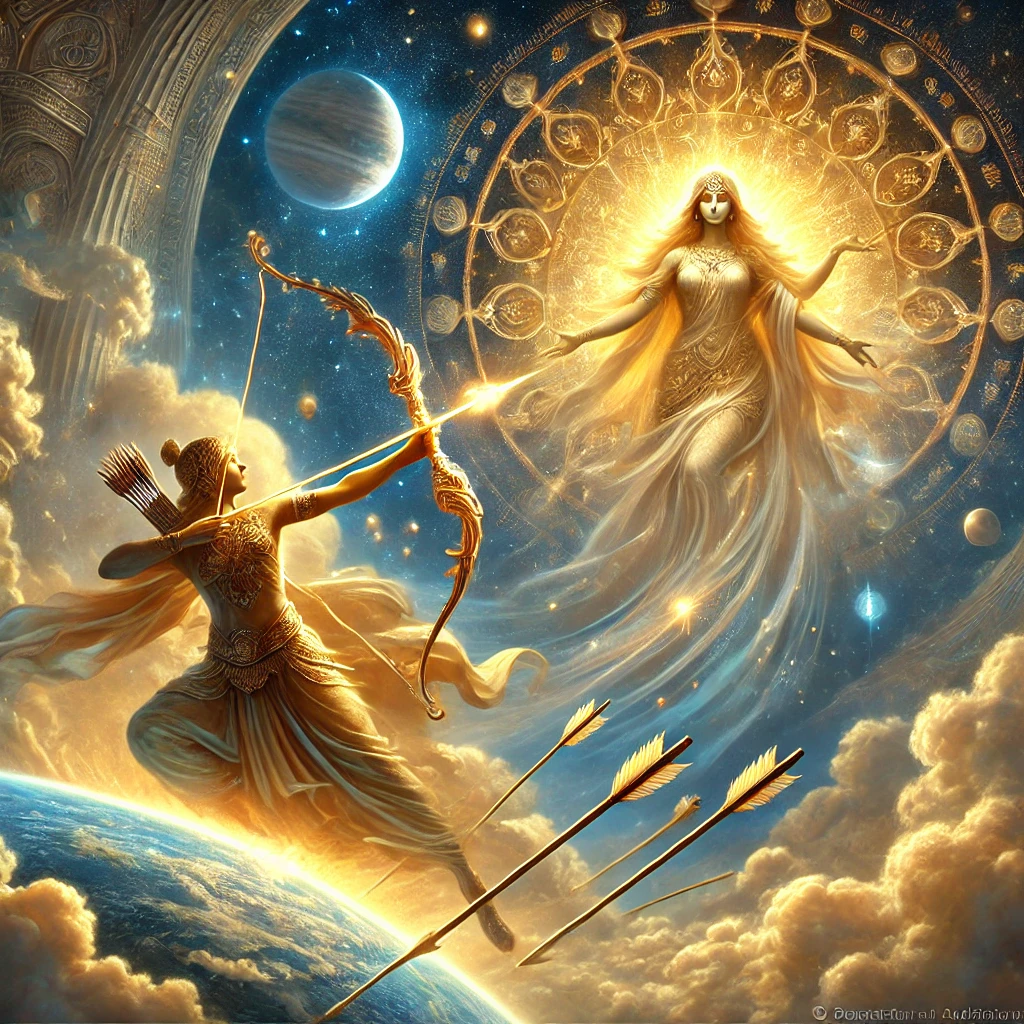
Punarvasu Nakshatra & Its Use in Vaastu Shastra with Astrologer Ashish Somani 1. Overview of Punarvasu Nakshatra with best vastu consultant Ruling Planet: Jupiter (Guru) Zodiac Sign: Gemini (Mithuna) & Cancer (Karka) Deity: Aditi (The Mother of Gods) Symbol: A Bow & Quiver of Arrows Nature (Gana): Deva (Divine) Power (Shakti): Vasutva Prapana Shakti (The […]
Shatabhisha Nakshatra & Its Use in Vaastu Shastra
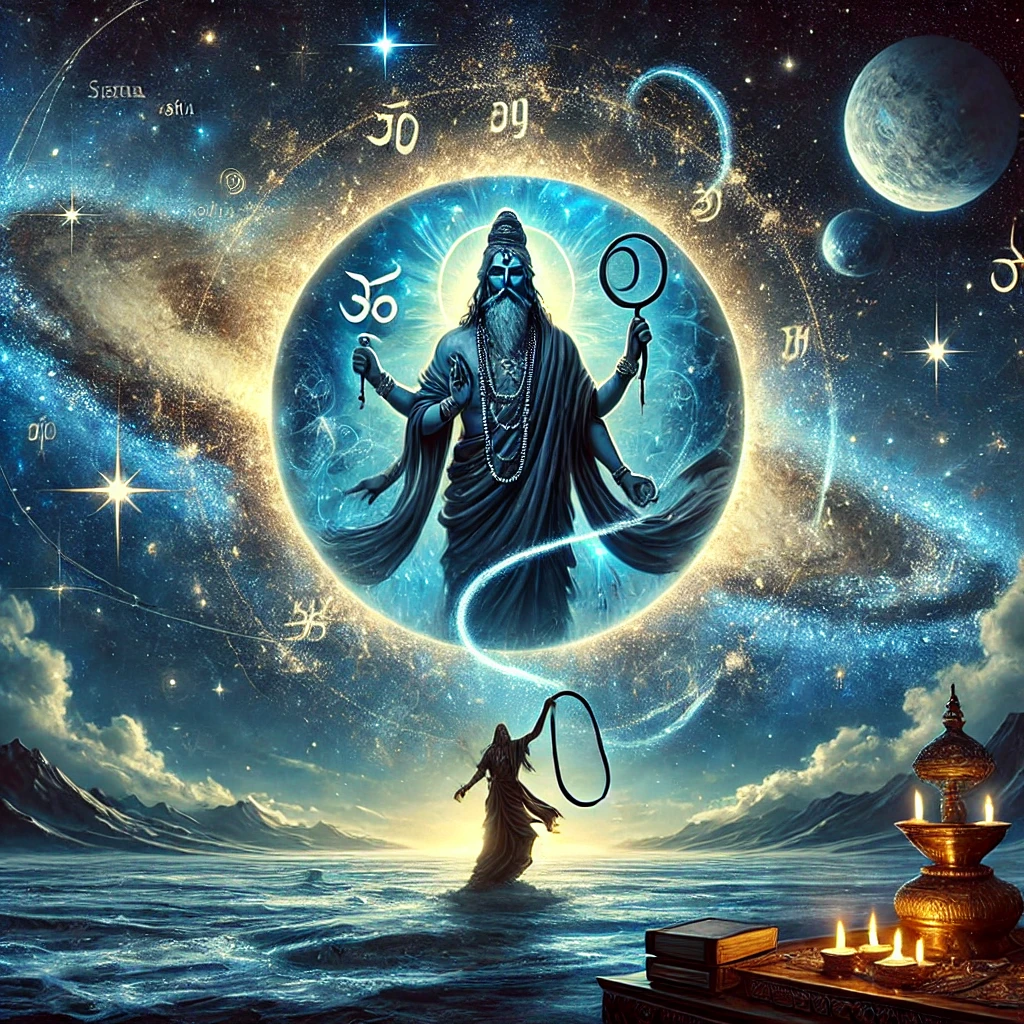
Shatabhisha Nakshatra & Its Use in Vaastu Shastra with Astrologer Ashish Somani 1. Overview of Shatabhisha Nakshatra with Best Vastu Consultant Ruling Planet: Rahu (North Node of the Moon) Zodiac Sign: Aquarius (Kumbha) Deity: Varuna (God of Cosmic Waters and Healing) Symbol: A Circle or 100 Stars Nature (Gana): Rakshasa (Demonic) Power (Shakti): Bheshaja Shakti […]
